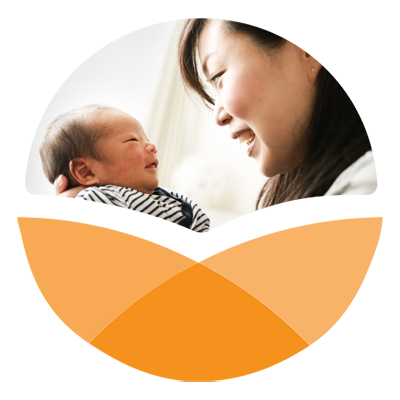
History
A History of HOPE
HOPE – Healthy Outcomes from Positive Experiences – combines a public health approach to preventing child abuse with a broader understanding of how children grow to become strong, healthy, and resilient adults. The idea came about through conversations at the Centers for Disease Control and Prevention (CDC) Knowledge to Action Task Force on Child Abuse Prevention. The CDC’s approach focused on the public’s need to support safe, stable, and nurturing relationships and environments for children.
But what about the individual child? At the time, the approach to child development focused on adverse childhood experiences (ACEs) and the resulting toxic stress and poor mental and physical health outcomes that can follow multiple ACEs. The language of HOPE – Healthy Outcomes from Positive Experiences – uses a positive lens, one which focuses on the buffering effects of positive childhood experiences and building on pre-existing strengths, to translate public approaches to the child’s own experiences.
The development of HOPE drew on the work of so many, beginning with the Montana Institute’s Science of the Positive framework, which is founded on the core assumption that “The Positive” is real, already exists in people and cultures, and can be developed and expanded. HOPE also drew on the Center for the Study of Social Policy’s family-level protective factors from the Strengthening Families Approach® along with the public health approach of the CDC’s Essentials for Childhood program.
The Healthy Outcomes from Positive Experiences team pulled together existing data and began to explore exactly how positive experiences affect the growing child. Much of the evidence for HOPE was produced with the collaboration and support of the Child and Adolescent Health Measurement Initiative.
We have found that HOPE – Healthy Outcomes from Positive Experiences – provides a common language to describe the kinds of experiences that counteract effects of adverse experiences and promote healthy development.
